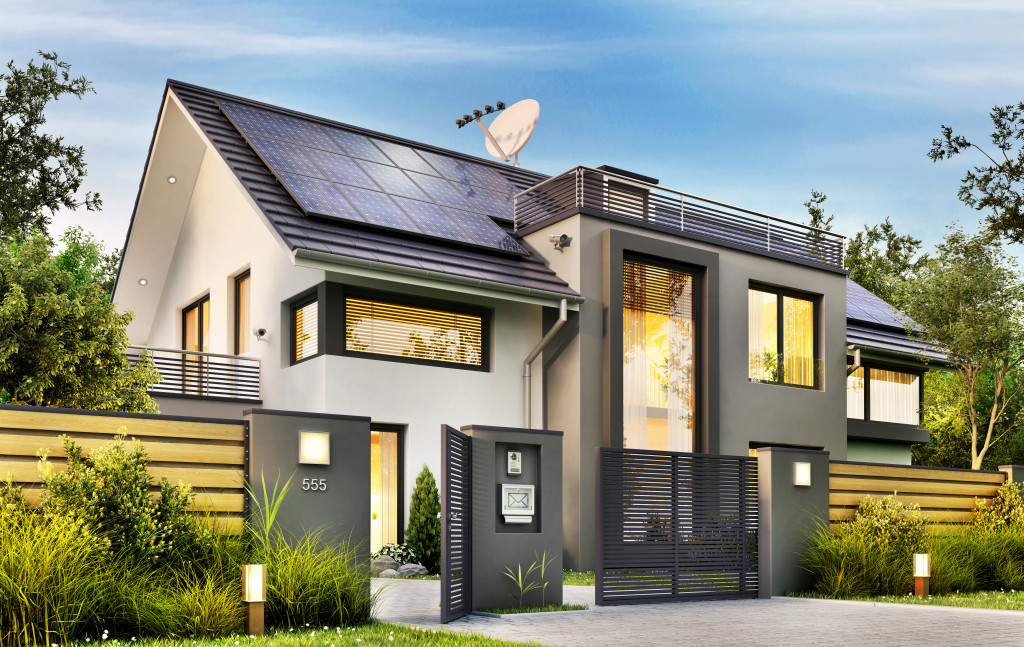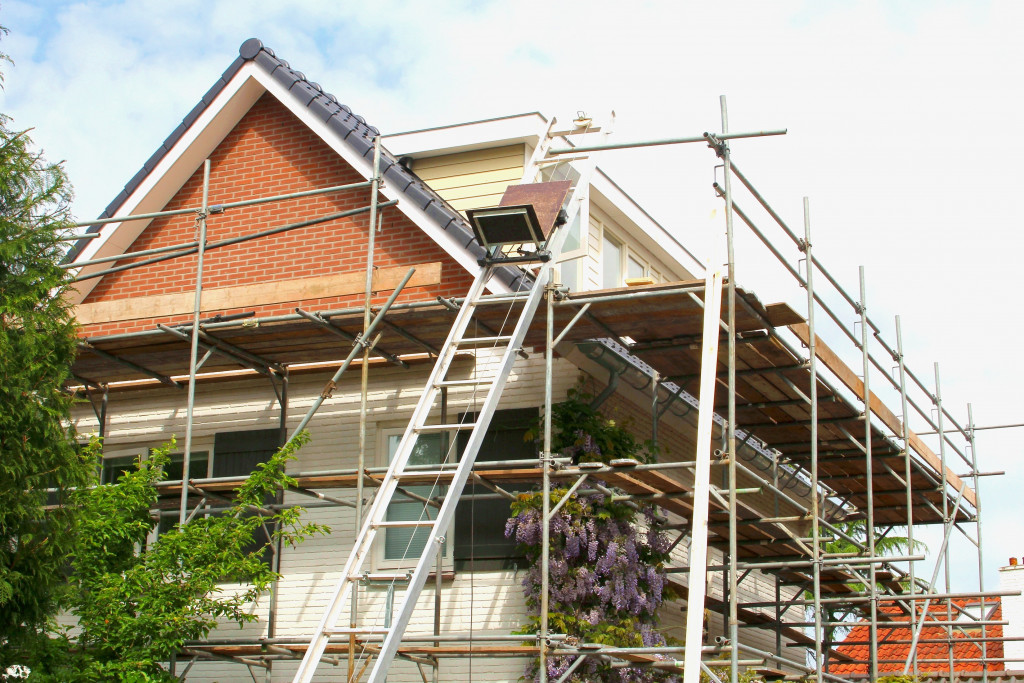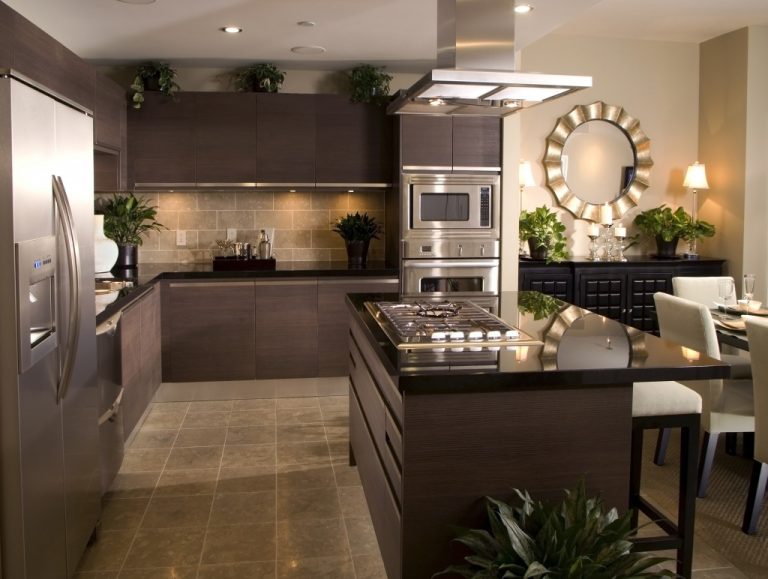• U.S. homes are woefully inefficient in energy consumption, using more than twice the amount used by European households.
• Installing solar panels and ensuring adequate insulation and air sealing can help reduce energy consumption and save money on bills.
• Unsustainable building materials such as vinyl siding, asbestos, lead paint, and formaldehyde-laden particle board furniture should be replaced with green building materials
• Many U.S. homes are too expensive for potential buyers or renters and simply too large for their occupants’ needs.
• Flexible furniture, additional cabinets, and tiny house regulations can help make the most of limited square footage.
If you are a regular reader of architecture and design blogs, you’re probably well aware of the many issues with modern U.S. homes. From energy consumption to construction materials, it’s no secret that most American homes are woefully inefficient when using natural resources or providing adequate living spaces for their inhabitants. Here’s a look at some of the most common issues with modern U.S. homes and what we can do to address them.
Energy Consumption
The first issue that needs to be addressed is energy consumption in American homes. The average U.S. home uses over 10,000 kWh of electricity annually—more than twice the amount used by European households!
This high energy consumption is partly due to outdated appliances and inefficient heating systems. However, it can also be attributed to poor insulation and air sealing in many older homes that remain today. Thankfully, there are ways to reduce overall energy consumption:

Solar Panels
One of the best ways to reduce energy consumption and increase sustainability in U.S. homes is to install solar panels. Solar panels can generate clean, renewable electricity from the sun’s rays, reducing dependence on traditional sources of electricity while also helping homeowners save money on their monthly utility bills.
Insulation and Air Sealing
Another critical component of decreasing energy consumption is to ensure that homes are adequately insulated and air sealed. Insulation acts as a barrier to prevent heat loss, while air sealing helps reduce drafts and improve the overall efficiency of heating and cooling systems. For many older homes, insulating walls, attics, and basements can help significantly reduce energy consumption and save money on monthly bills.
Construction Materials
Another major issue facing modern U.S. homes is using unsustainable building materials such as vinyl siding, asbestos, lead paint, and formaldehyde-laden particle board furniture—all of which can have severe adverse health impacts if not properly managed or replaced over time. Fortunately, plenty of green building materials are available on the market that is much better for your home’s energy efficiency and your family’s health—think bamboo flooring instead of vinyl siding or low-VOC paints instead of lead paint!
The Cost Problem
Another problem with modern U.S. homes is cost—it’s simply too expensive for many people to purchase or rent one! The price tag on new construction homes has skyrocketed in recent years due to an increase in demand and limited supply, making them inaccessible to many potential buyers who would otherwise be able to afford them if they were more reasonably priced. Even rental properties are becoming increasingly pricey due to competition among potential tenants; this leaves many low-income households unable to find housing that fits their budget.

Size Matters
Finally, let’s talk about size—specifically, many American homes are too large for their occupants’ needs! While bigger isn’t necessarily always better when it comes to square footage (especially regarding heating/cooling costs), people often feel pressure from peers or society at large to purchase larger houses than they need or want.
Many cities have adopted “tiny house” regulations to combat this problem, allowing for smaller dwellings on residential lots. These homes are still fine, even for more prominent families! Here are ways to increase space in these smaller dwellings:
More Cabinets
Cupboards and cabinets are great for storage and don’t take up much space. Installing additional cabinets in the kitchen or bathrooms can provide extra storage while keeping the area open. Contact a local cabinet company and let them check out the available space before installing any cabinetry. Then, they can suggest adding storage space without taking up too much room.
Furniture Flexibility
Investing in furniture that can be used in multiple ways—like a dining table that can double as a desk or an ottoman with storage inside—can help you make the most of limited square footage. In addition, this type of flexible furniture can be moved around or reconfigured to accommodate changing needs, which is especially helpful for smaller homes.
It’s important to remember that there are plenty of ways to make modern U.S. homes better and more efficient in terms of energy consumption and cost efficiency. From installing solar panels to replacing outdated materials, homeowners can make their homes healthier and more sustainable—all while saving money.

